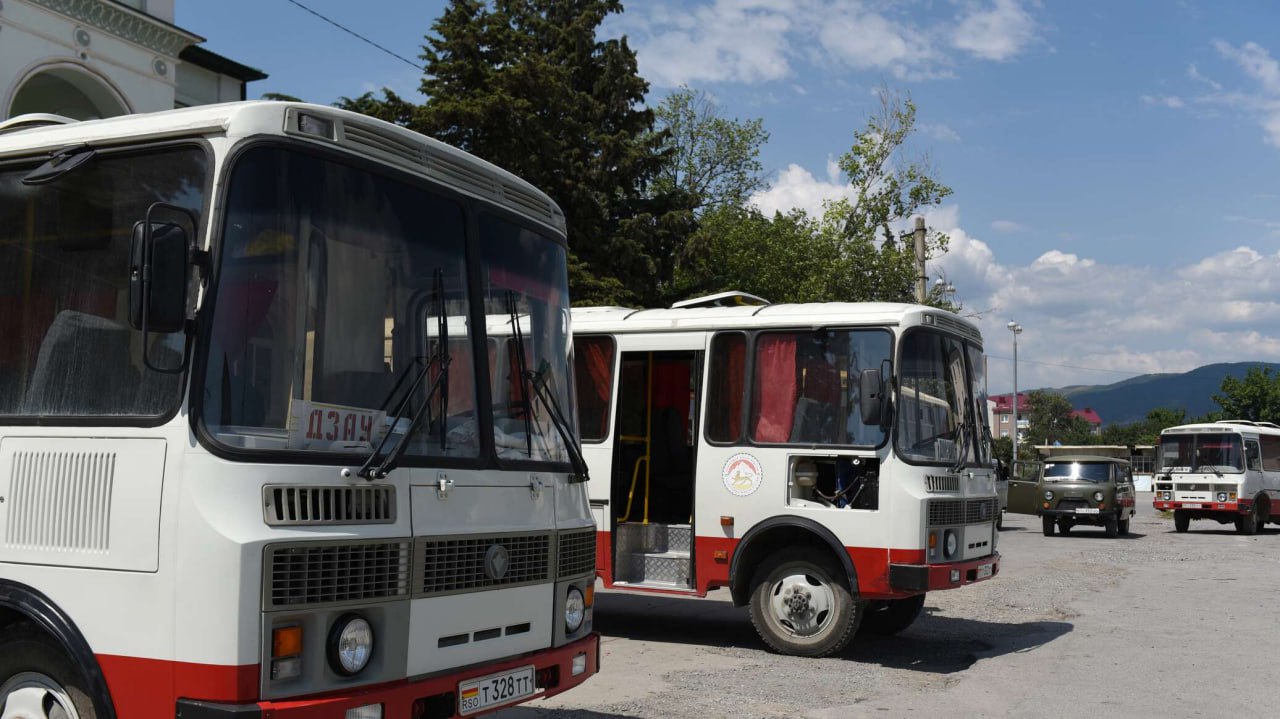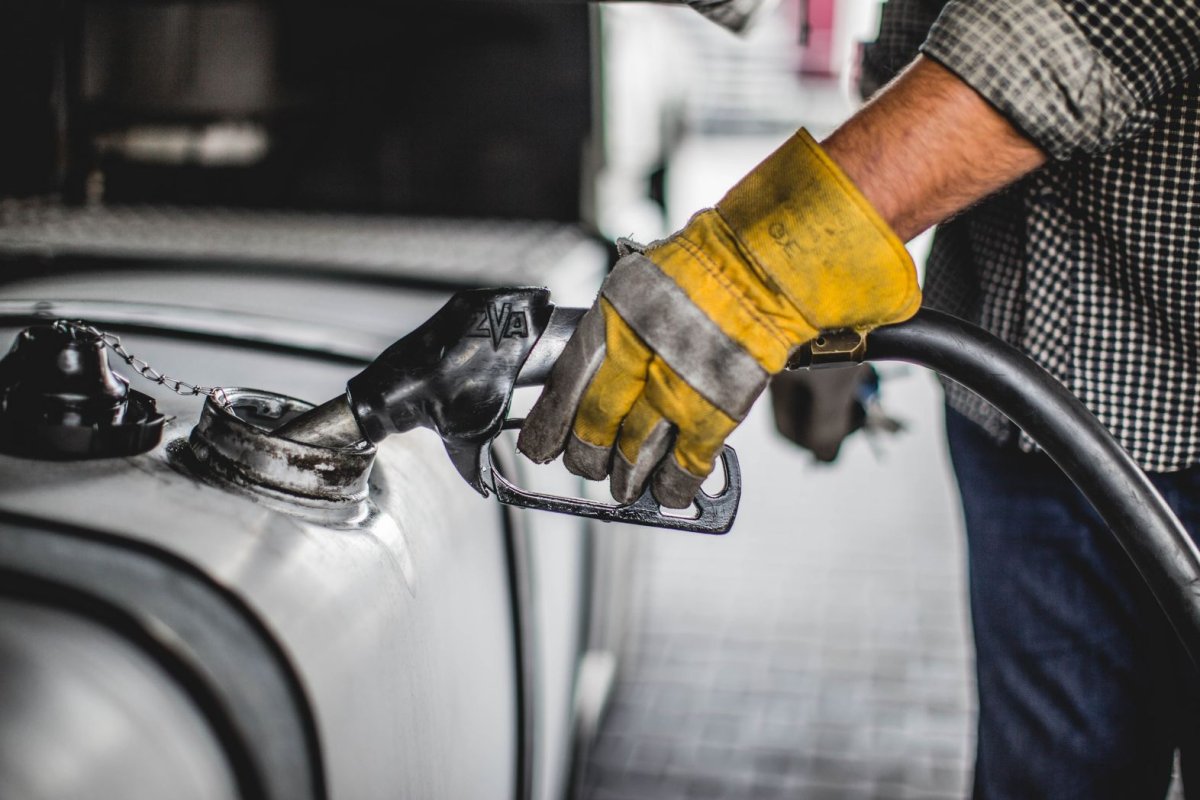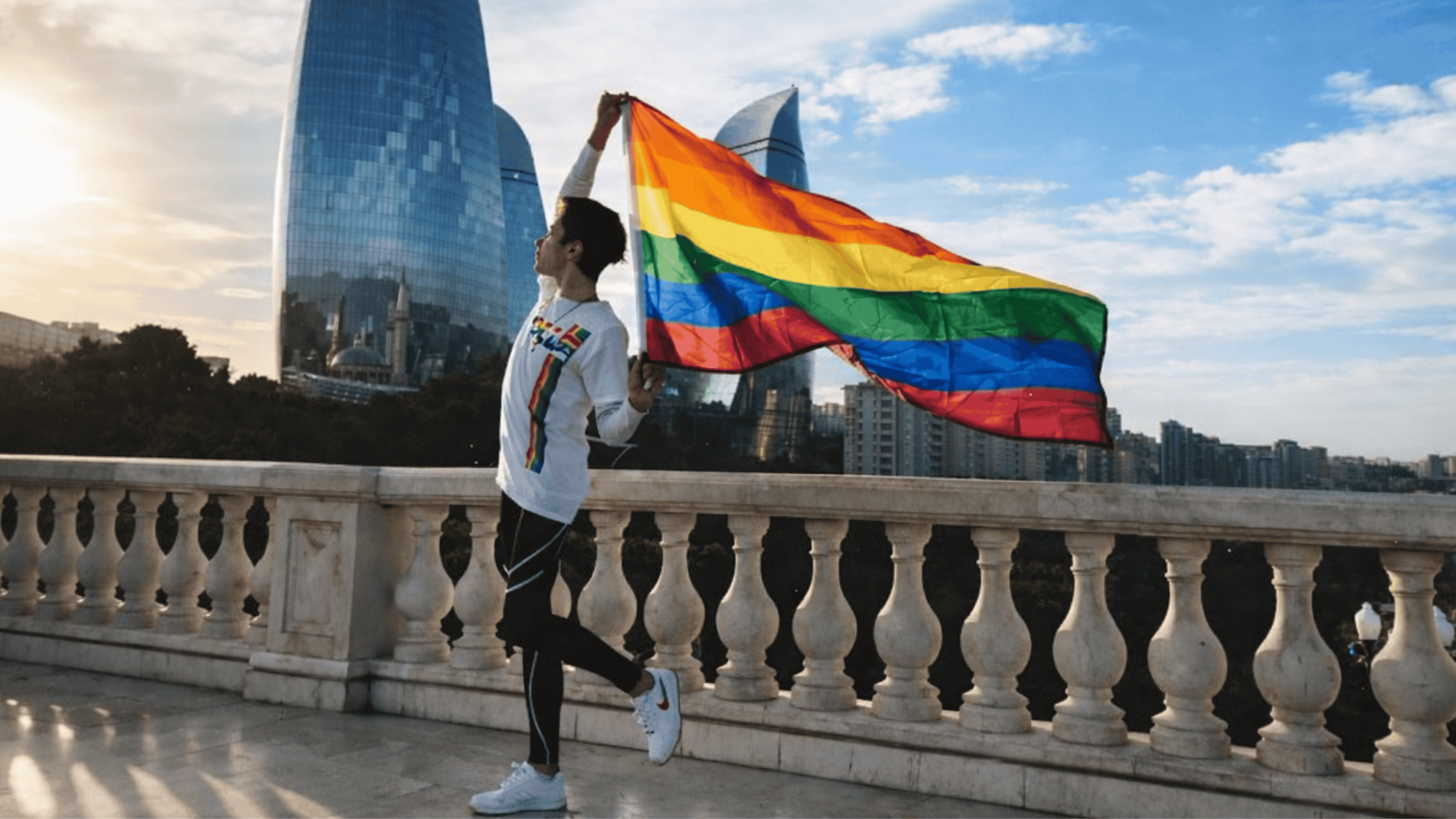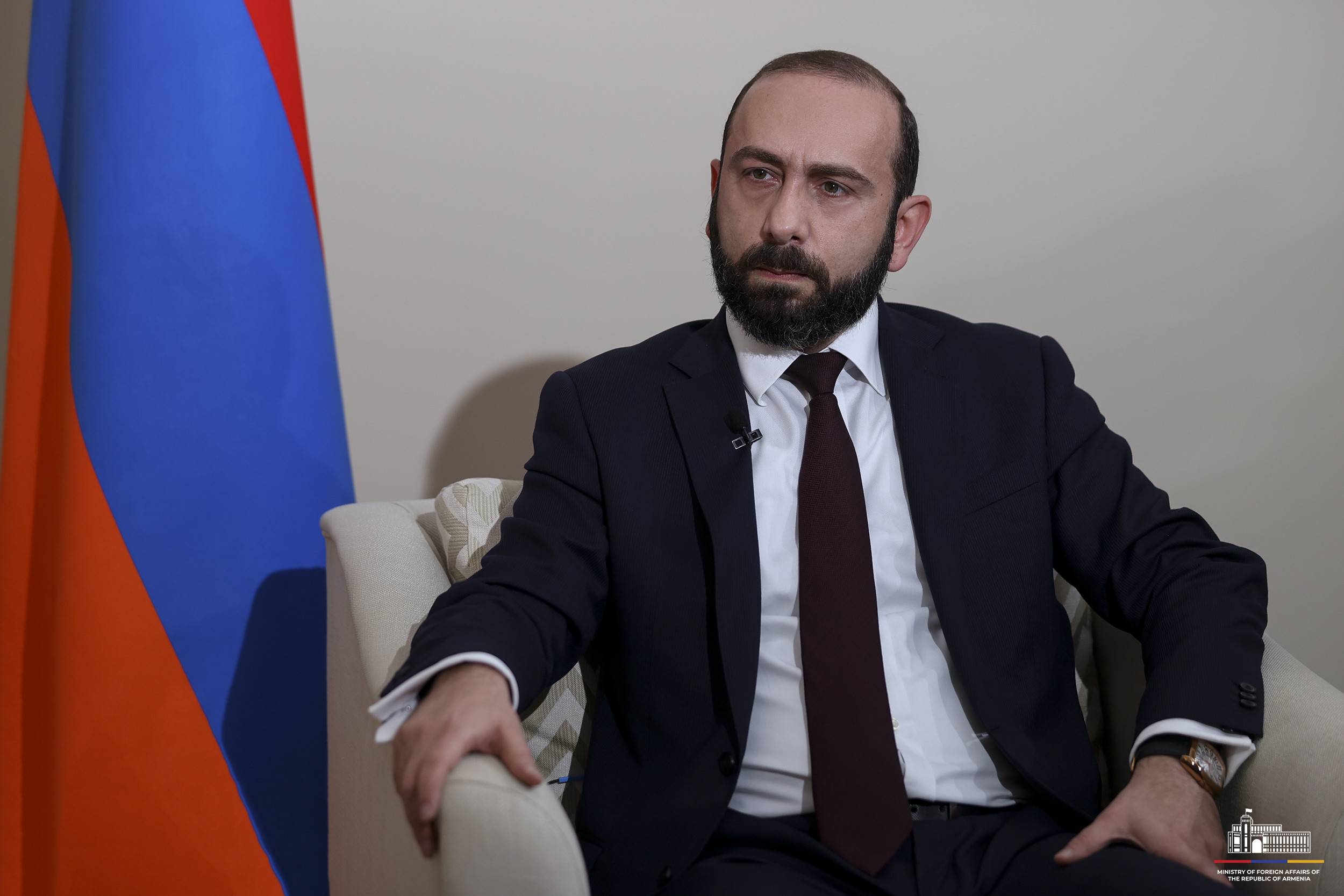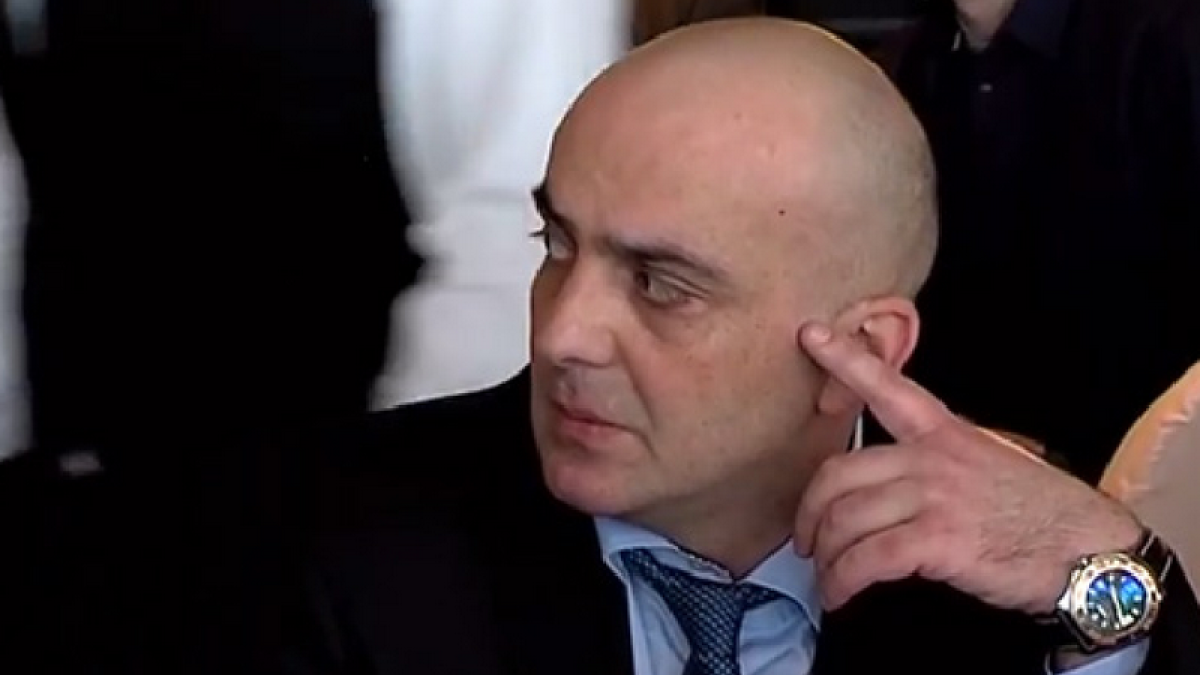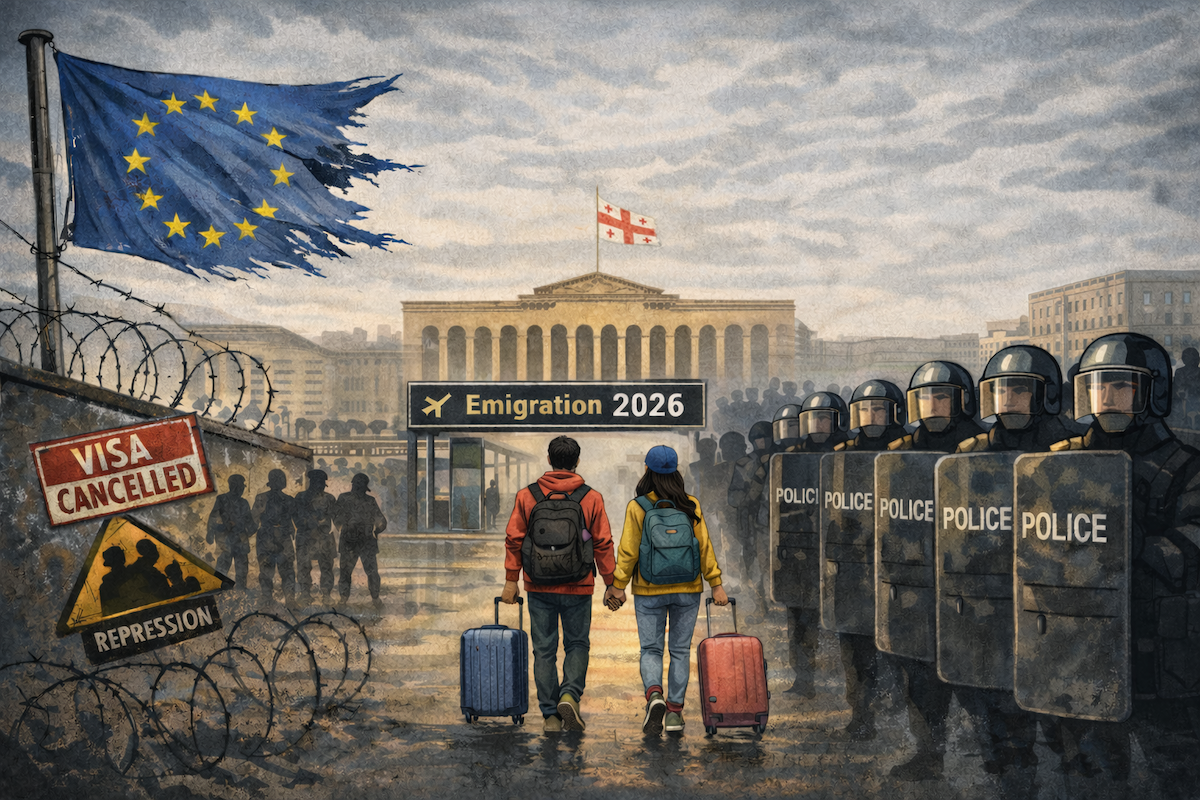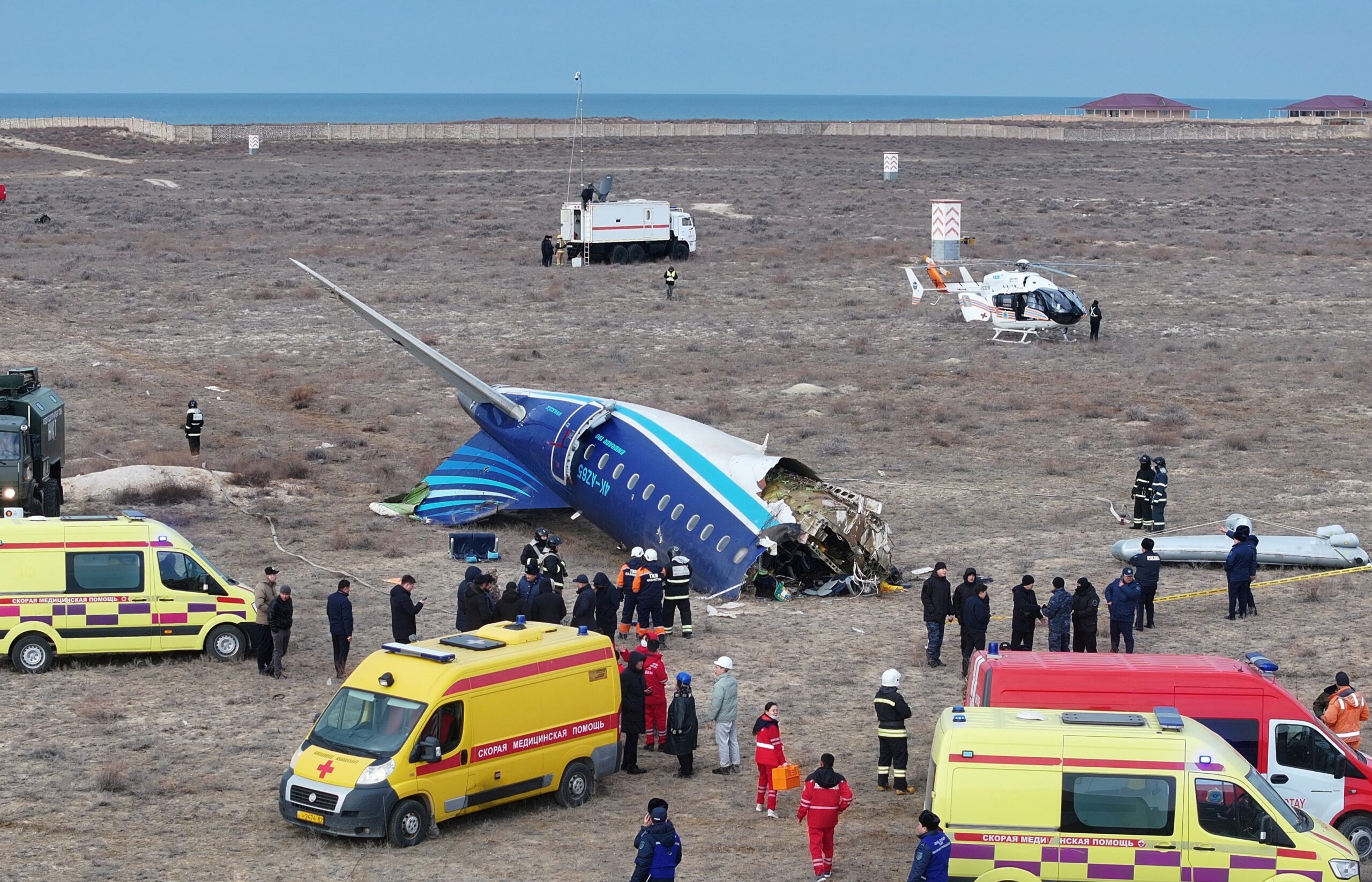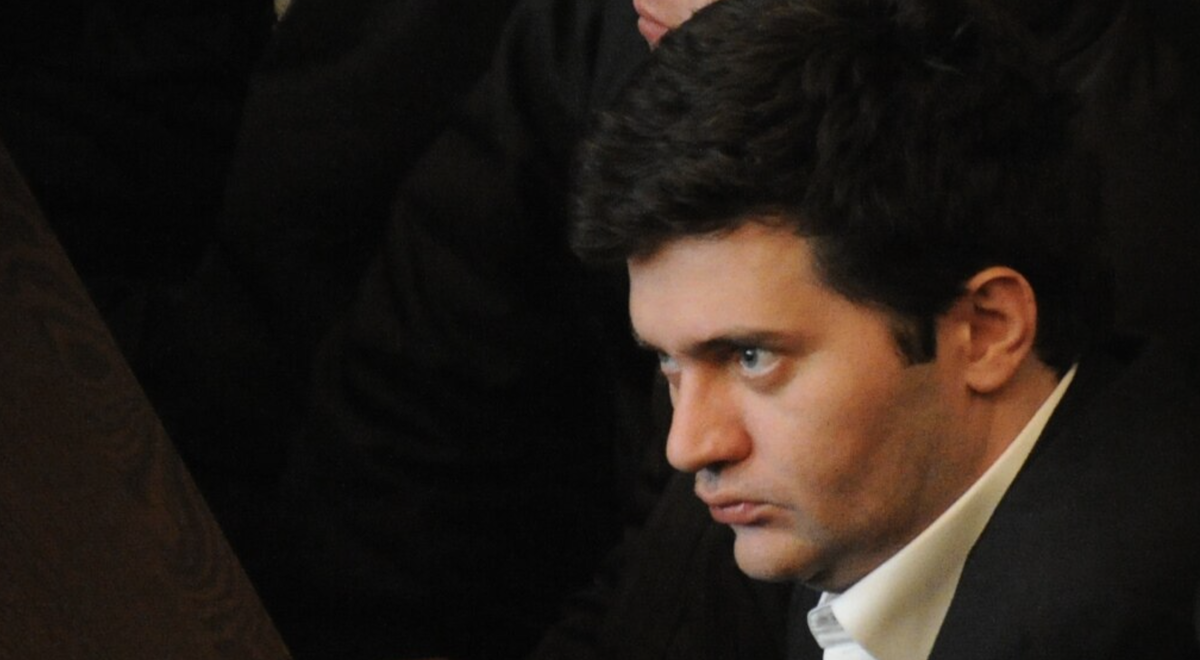South Ossetia is stuck in traffic, as the president’s four-year promise to fix it drags on
Russia-South Ossetia border traffic jams
Despite repeated promises, the authorities in South Ossetia have yet to solve the traffic jams at the Russian border. At the Nizhny Zaramag checkpoint, long lines of cars regularly stretch for several kilometres. On weekends, when traffic increases, the Transcaucasian Highway grinds to a complete standstill.
President Alan Gagloev made this problem a central theme of his election campaign, but has since failed to deliver on his pledge — not least because it cannot be solved without Russia’s involvement.
The jams are blamed on the slow processing capacity at Nizhny Zaramag. Witnesses say each vehicle inspection takes around half an hour, and in summer the situation is made worse by the scorching heat.
Public anger, as usual, spills onto social media.
“People are stuck in queues at customs for three to four hours in this heat. Will no one solve this problem? Where are the authorities? The asphalt is melting underfoot, sweat is pouring down faces. The checkpoint is packed, and people, worn out by the heat and the wait, are turning into shadows of themselves. How much longer must we suffer in this furnace?” one user wrote.
Back in 2022, the head of South Ossetia’s Customs Committee, Murat Tskhovrebov, explained that the bottleneck at Nizhny Zaramag comes down to a lack of lanes:
“This checkpoint was built about 20 years ago to handle 200 cars a day. Now more than 1,000 cross daily.”
Easing inspections for South Ossetians who regularly travel to North Ossetia, across the border in Russia, was one of Alan Gagloev’s key campaign promises when he was still in opposition. It was also a central argument in his challenge to then-president Anatoly Bibilov.
Gagloev won the presidency in May 2022. But in the three years since, little has changed.
In July 2025, however, he told parliament that progress was finally being made. He said work was under way to allow passenger cars to pass through freight checkpoints, with more than 100 million rubles (about $1.25m) already allocated by Russia.
According to Gagloev, the situation is “better than in 2024”:
“Everyone remembers how difficult it was to cross last year. Things are better today, though the problem is not yet solved.”
He also pointed to Russian president Vladimir Putin’s decision to fund the reconstruction and modernisation of the checkpoint to increase its capacity.
The full reconstruction is expected to take several years, with a completely overhauled checkpoint due to open in 2028. Under the new design, Russian border control posts will be arranged along the length of the site rather than side by side, allowing for a significant increase in the number of lanes.
For now, the plan is to ease congestion by letting passenger cars use lanes originally designated for trucks.
But local bloggers are far from convinced.
“Gagloev said 100 million had been spent on solving the traffic jams at Nizhny Zaramag and that the issue was practically settled. But let this liar come and see the massive queue that starts right from the village of Nar [a border village in North Ossetia – JAMnews].
All this talk of solving the problem is nothing but pretty words for the record. In reality, people are still stuck in line for hours despite the millions spent. Where’s the result?” one Telegram channel wrote.
Toponyms, terminology, views and opinions expressed by the author are theirs alone and do not necessarily reflect the views and opinions of JAMnews or any employees thereof. JAMnews reserves the right to delete comments it considers to be offensive, inflammatory, threatening or otherwise unacceptable.
News in South Ossetia










